Make the most of your electric trains' operation with following tried-and-true wiring strategies

A block system is a basic method of running two or more sections of the same layout with a single power supply – and using insulated sections to isolate the track and single-pole single-throw switches to manage power flow.
Why would you want to do this? If you wanted to run a switcher on the small siding without having to remove a locomotive from the larger loop, you would just turn power off the main line and flick the switches to power the siding.
This scheme is for conventional control of locomotives, since both Lionel’s TrainMaster and Legacy systems of command control as well as MTH’s DCS permit independent operation of command-equipped locomotives anywhere on a layout.


If you connect your power supply to your O gauge layout with a single lockon, the power will fade the farther the track goes from the initial connection point. A bus distributes power more evenly throughout a layout. In its simplest form, it is easy to install – you just need wire and some lockons!


Another handy aspect of running a bus system is that you can power trackside accessories, such as streetlights, by feeding them power from the bus.


The cab control system is a more flexible version of the basic block system. The advantage of this is that you can use the two control sides of a Lionel ZW transformer or an MTH Z-4000, or multiple single transformers, for independent control and operation of each electrically isolated block. As with basic block control, this scheme is for conventional operation, since command-equipped locomotives can go anywhere on a layout when used with command-control equipment.


MTH’s Digital Command System transmits signals through the track system, unlike Lionel’s TrainMaster and Legacy systems, which transmit through the air. Depending on the size and complexity of your layout, switches and track-powered accessories may reduce or distort the signal strength. MTH recommends the “Star” system, which uses a direct pair of power and common lines to connect to the layout. The concept is similar to that of bus wiring, except there are no secondary feeds from the line to deteriorate the signal. The moniker “star” comes from the image of power radiating from a central source.

It isn’t an exaggeration to observe that the CTT staff is frequently asked basic questions such as “How do I connect my power and lockon to the track?” However, we get even more questions related to adding operational capability beyond running one train in a circle – taking a step beyond the starter outfit.
Aside from the layout-unique questions that can’t be answered over the phone, most queries are about wiring a layout revolve around the pattern of wiring to connect the whole shebang.
These are bus wiring (not so much a way to operate the layout as much as it is a means to effectively power it), block wiring (breaking a layout into multiple electrical blocks – or zones – controlled with a single transformer), cab wiring (similar to block wiring, except each zone is controlled by an independent “cab” or transformer), and “star” wiring (unique to users of MTH’s Digital Command System).
Above are some basic illustrations that show how these wiring patterns are laid out.





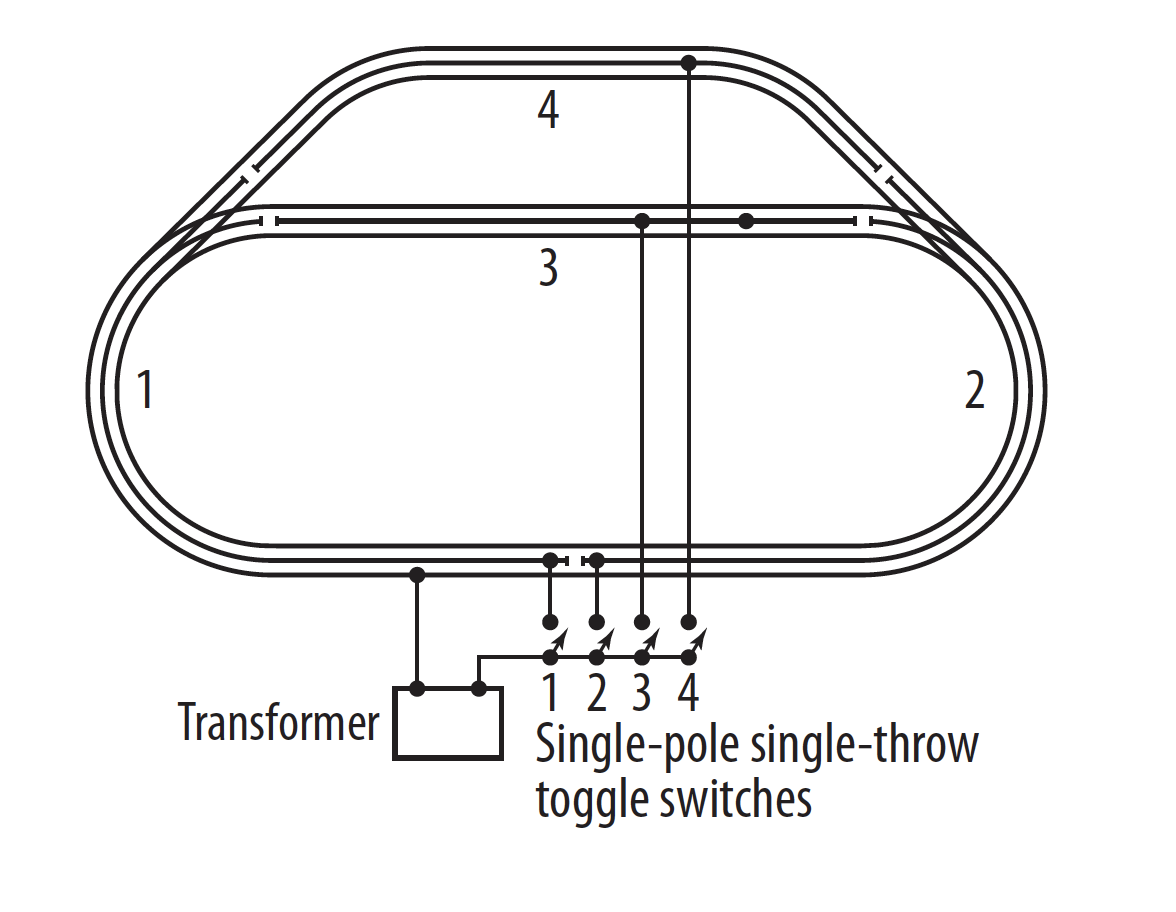

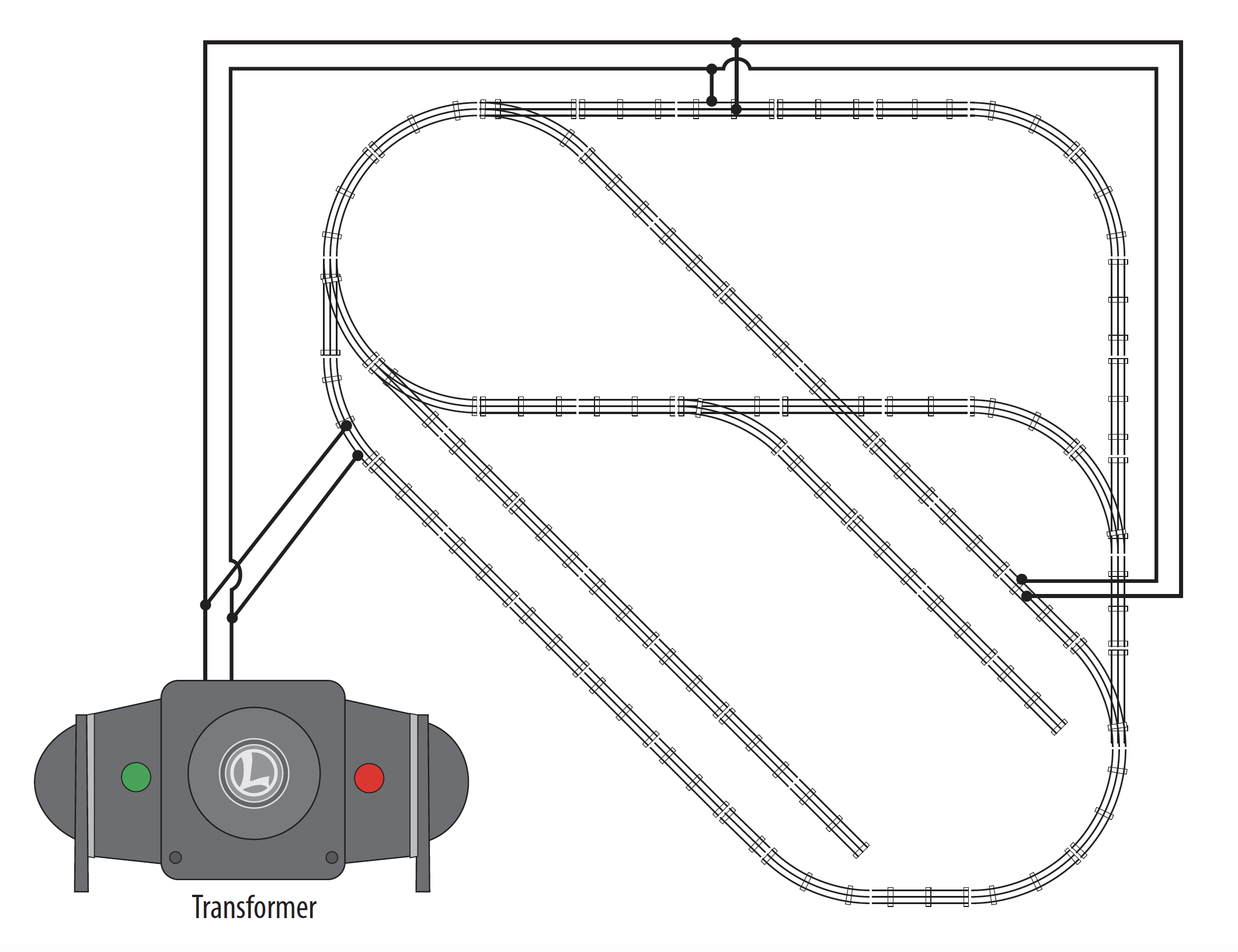

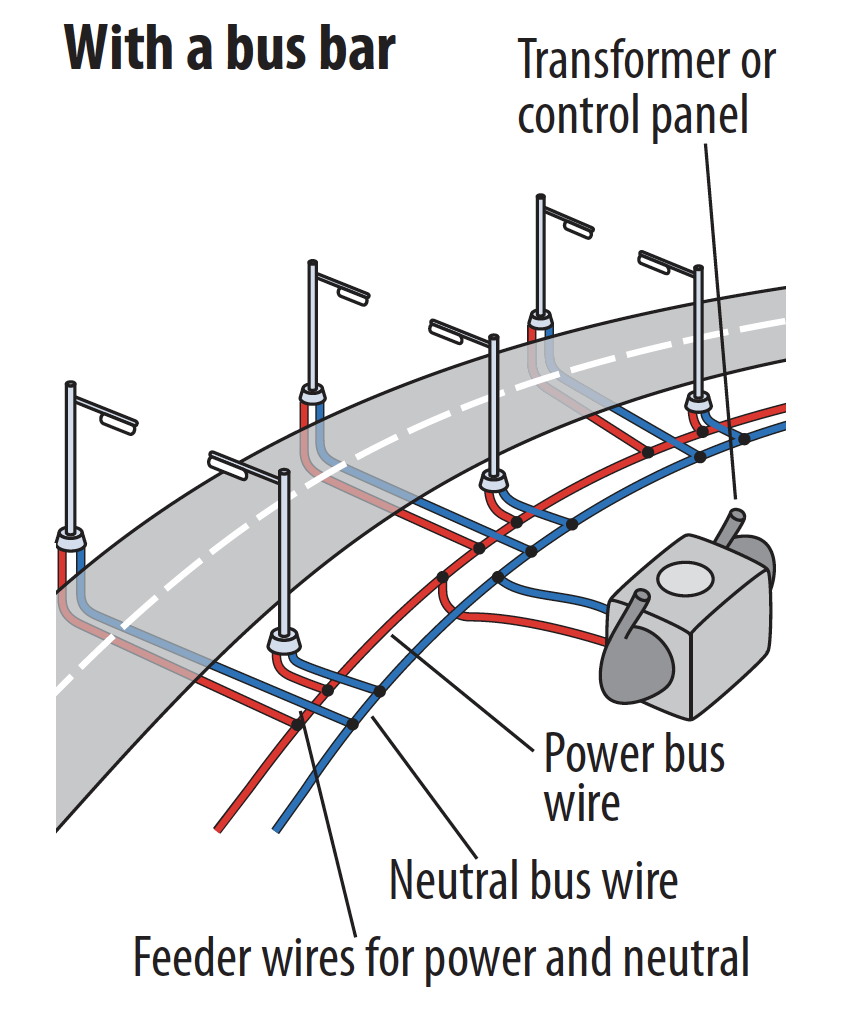

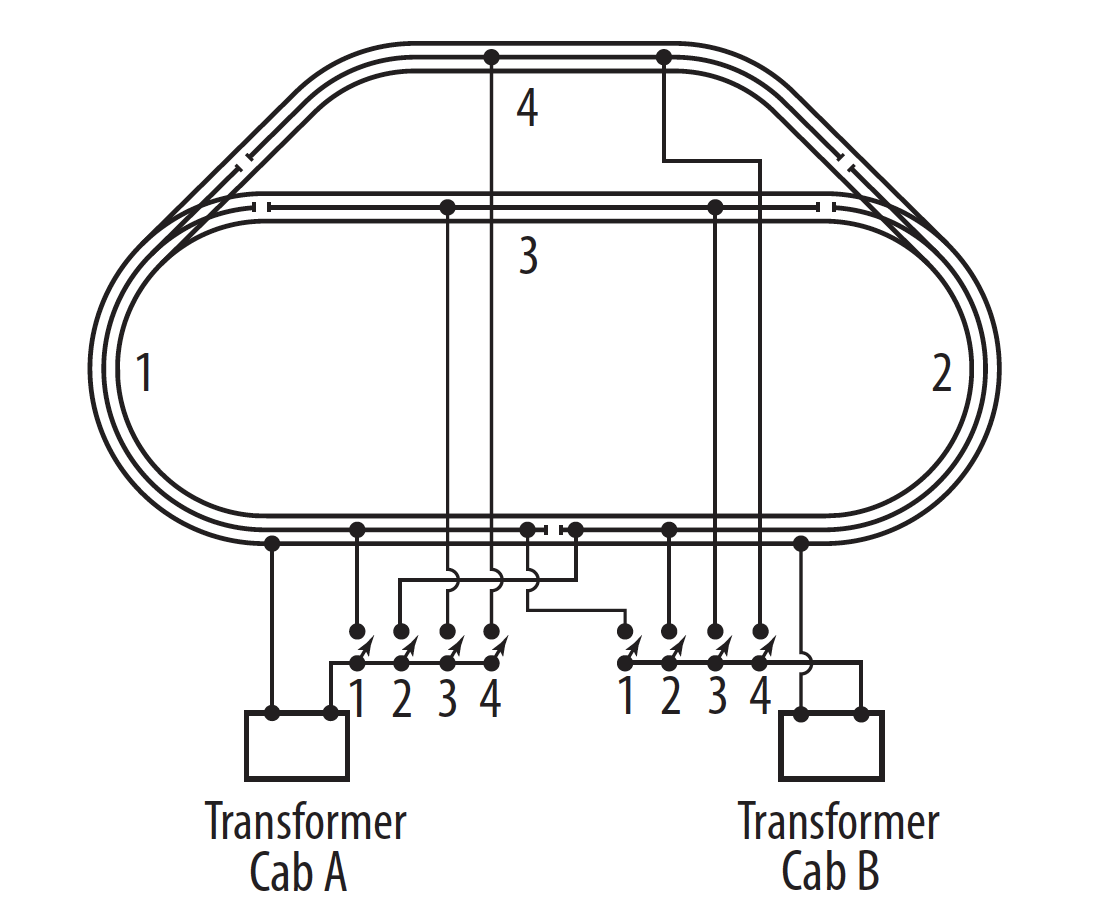

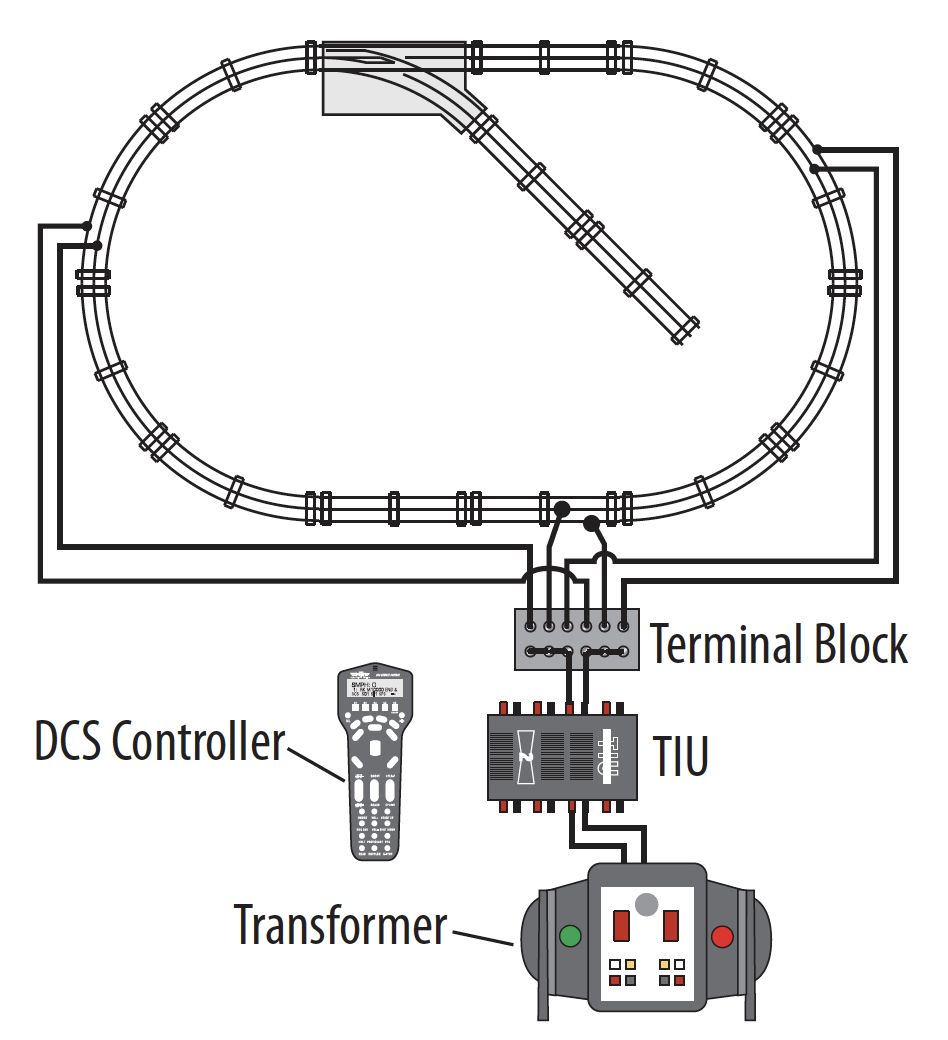


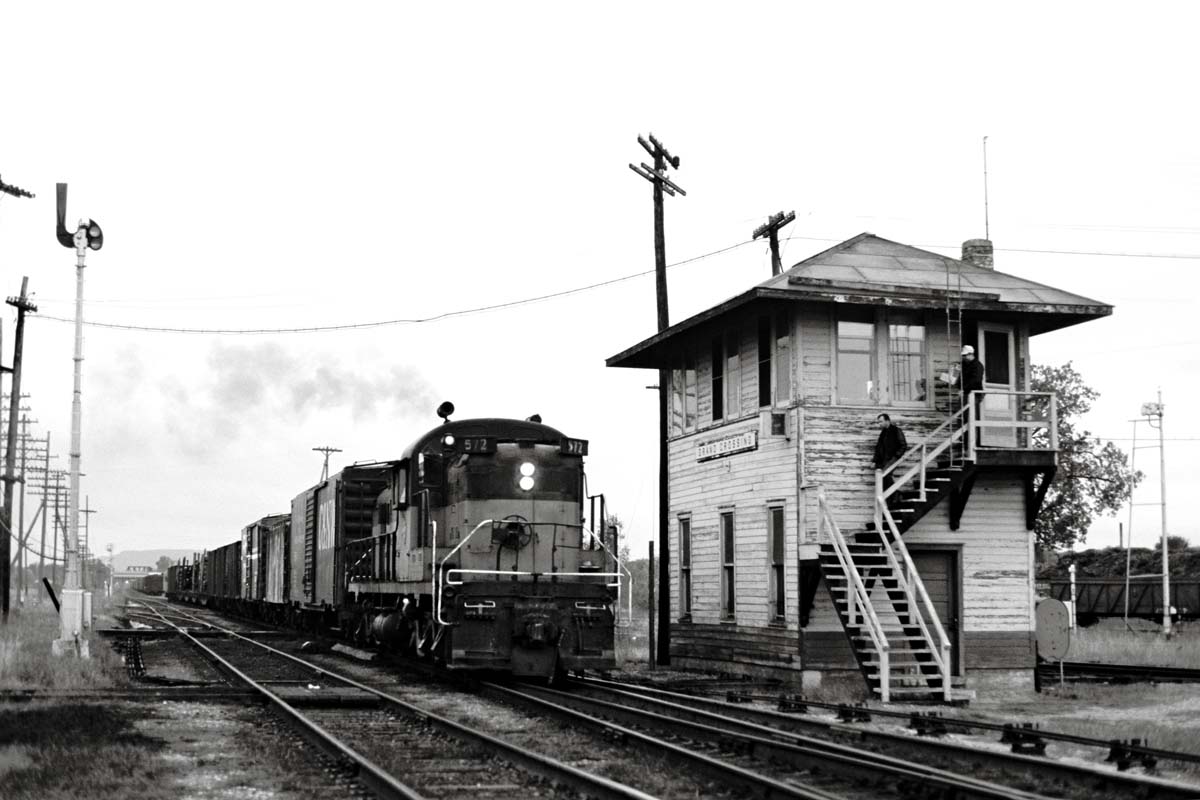
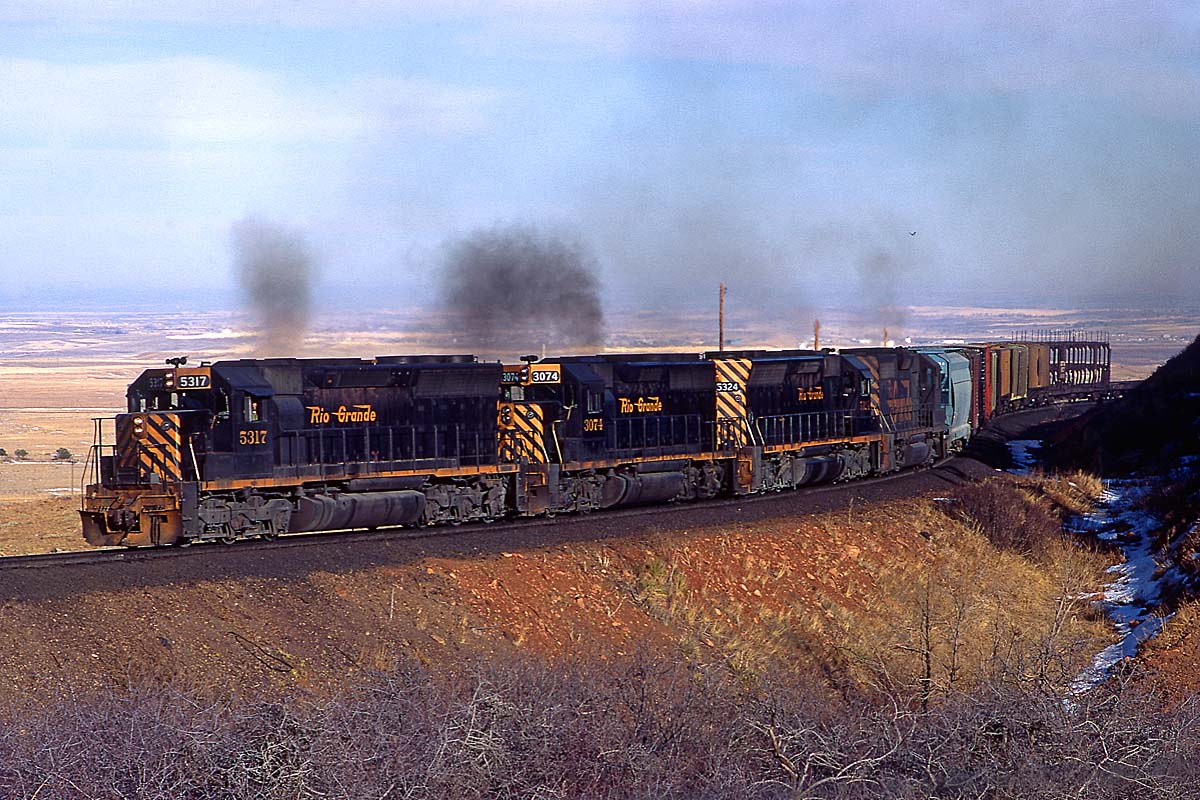
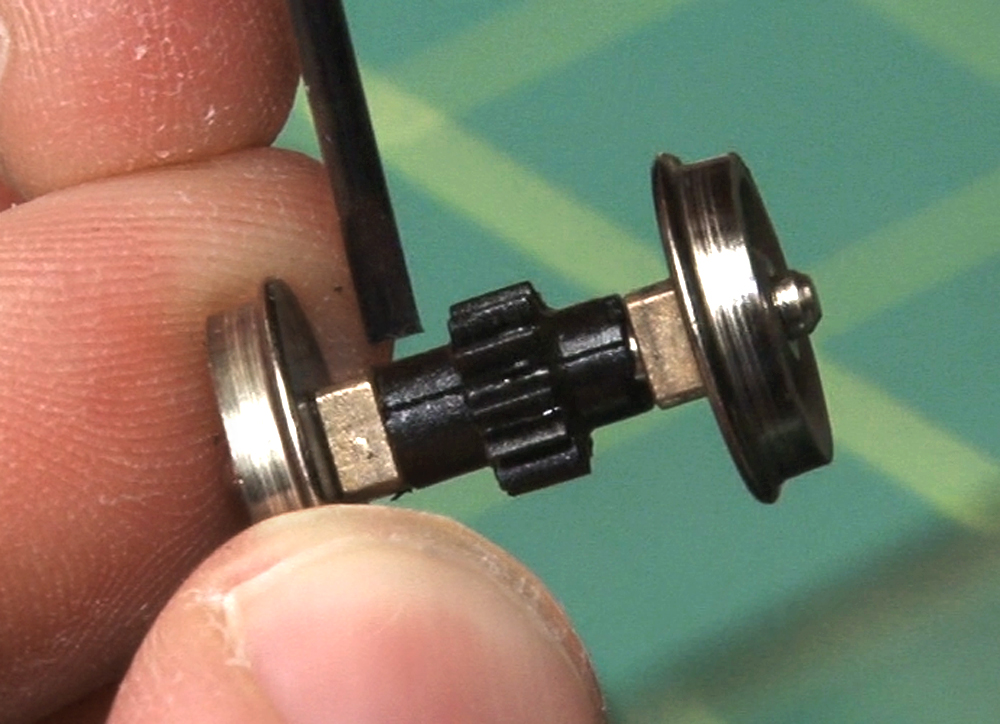
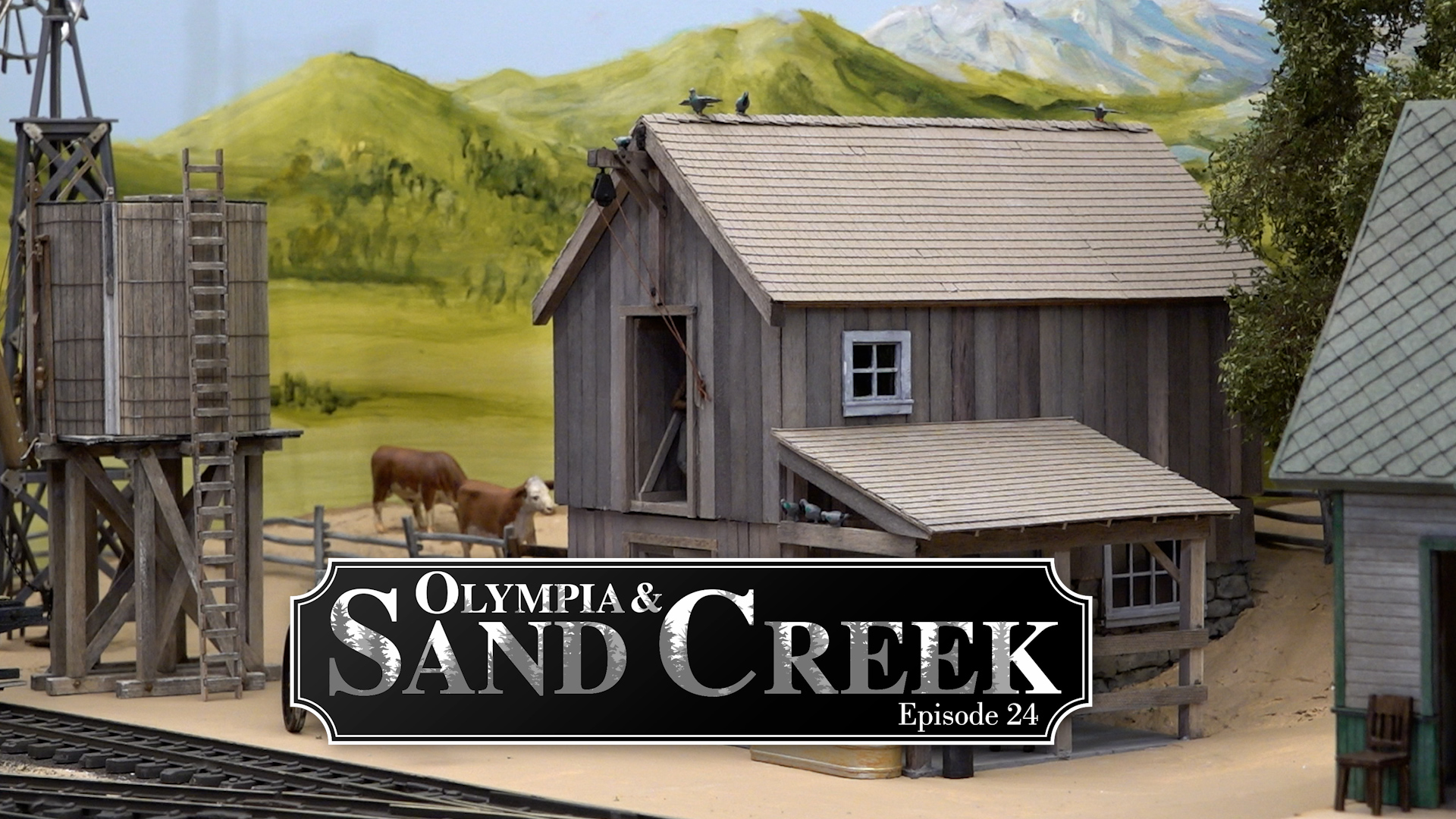




How do I rewire a prewar #222 switch for direct transformer power??